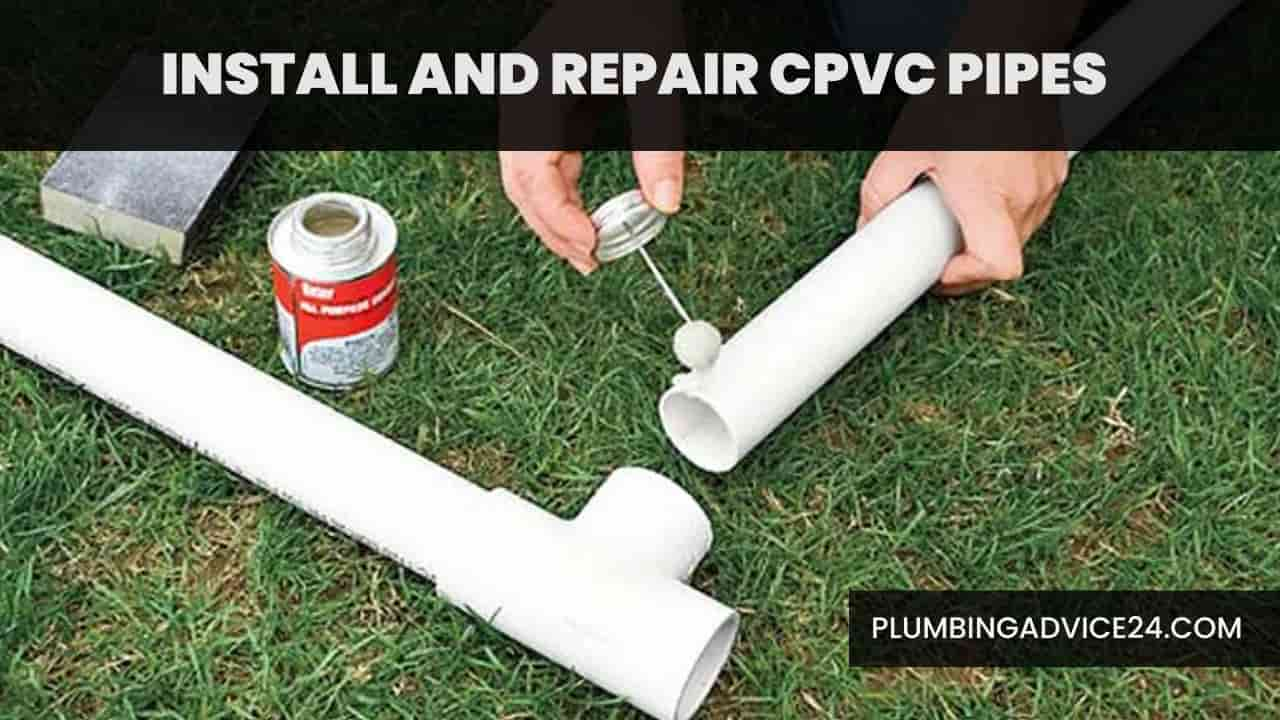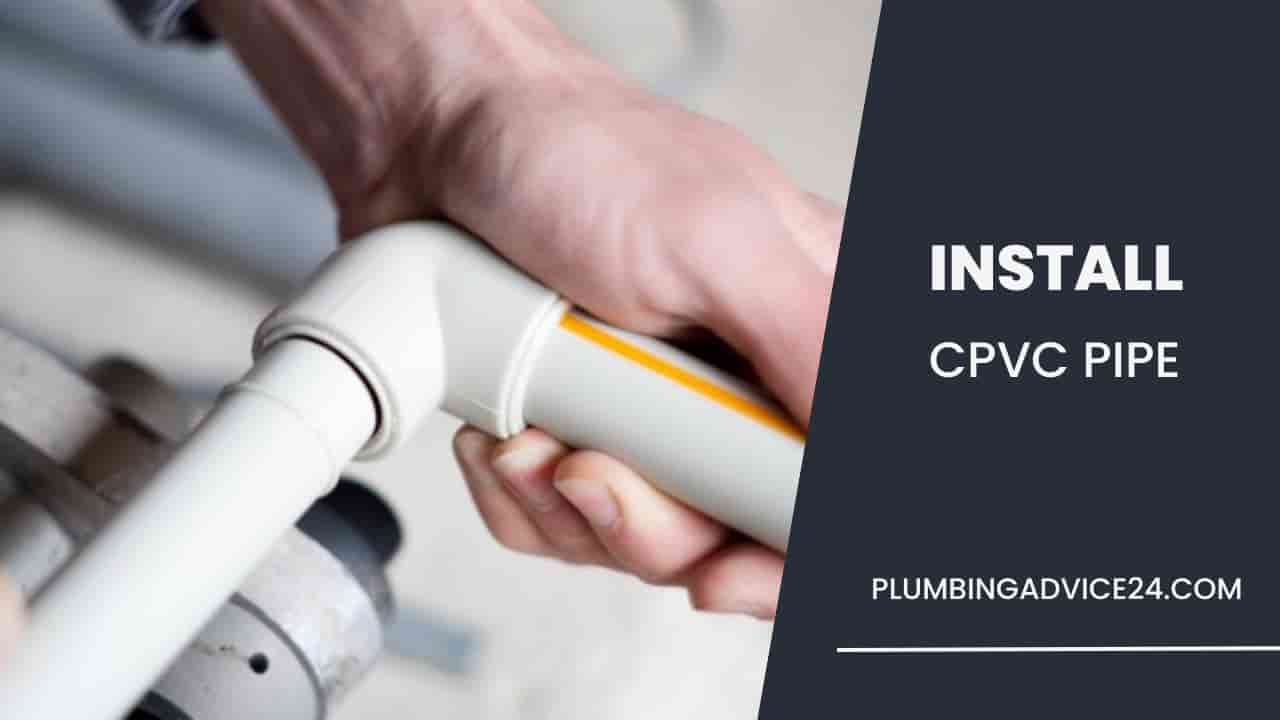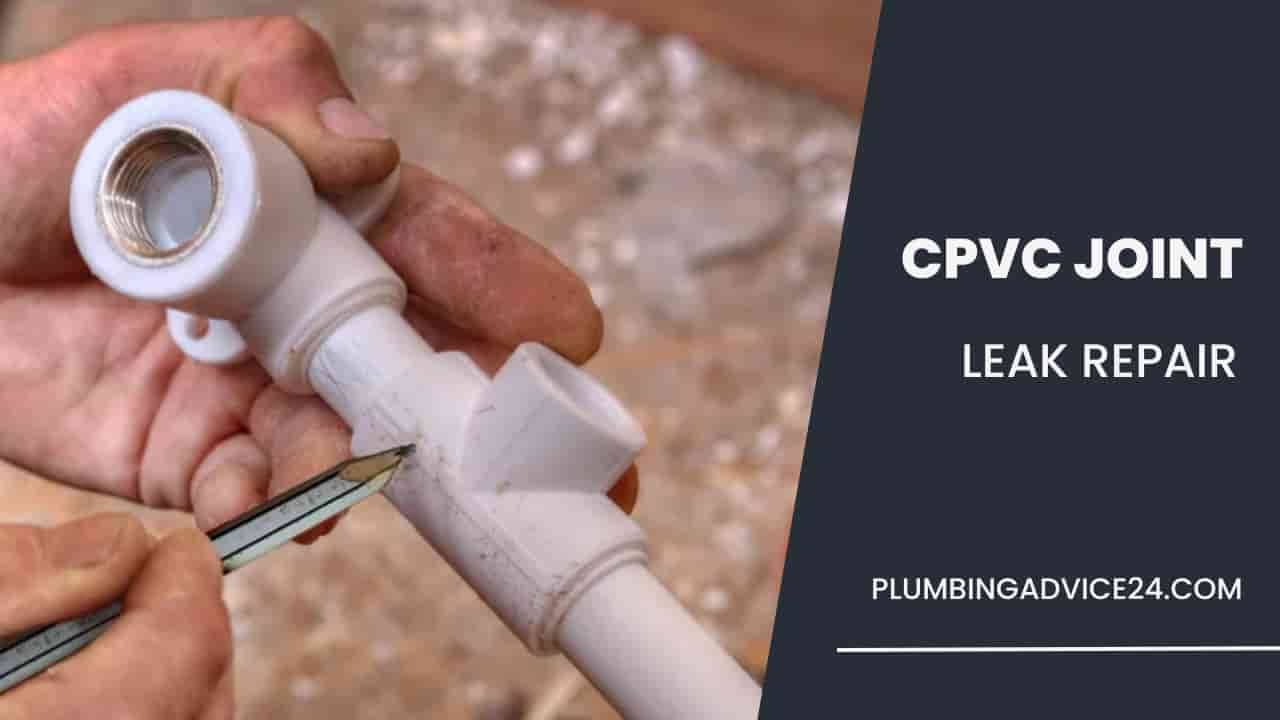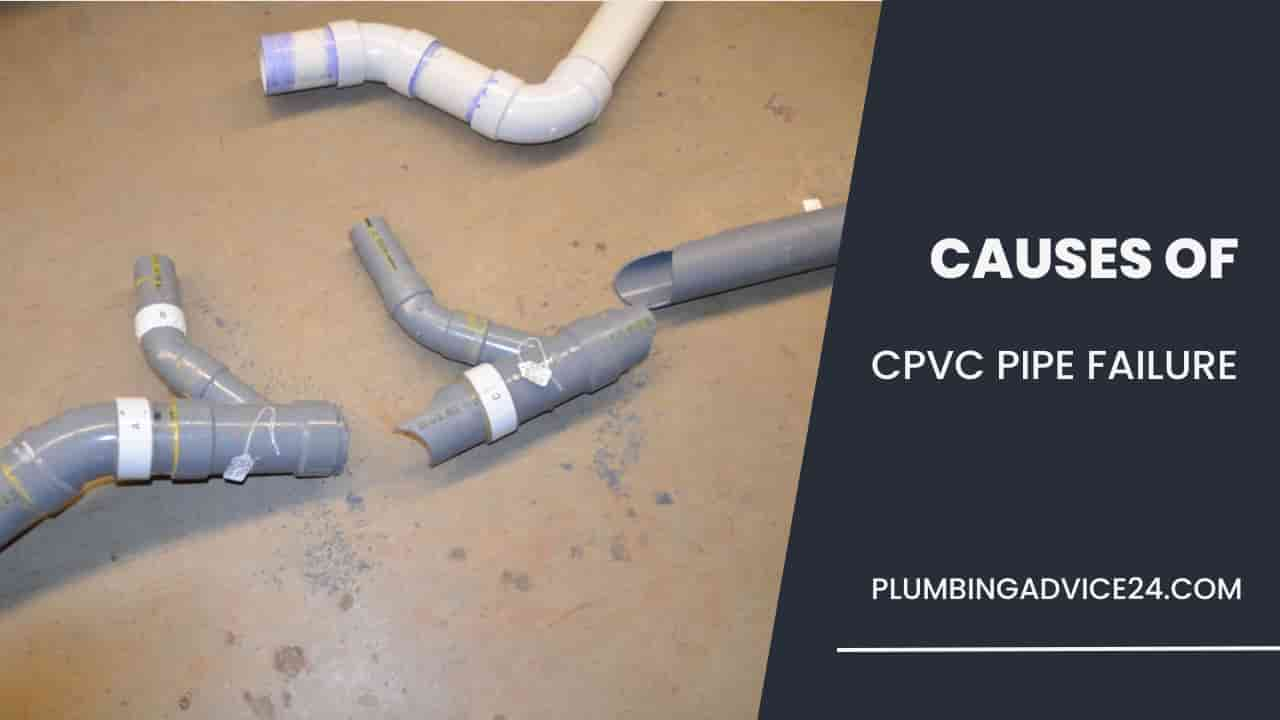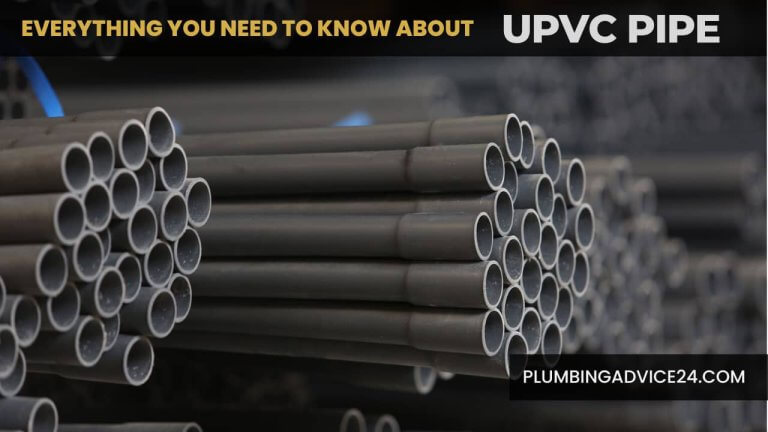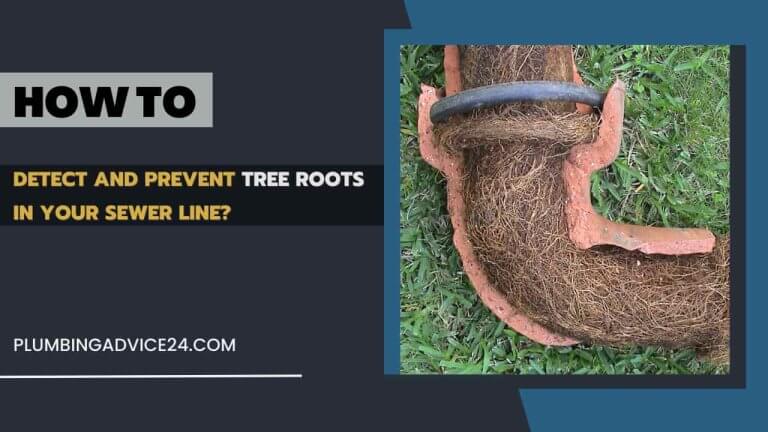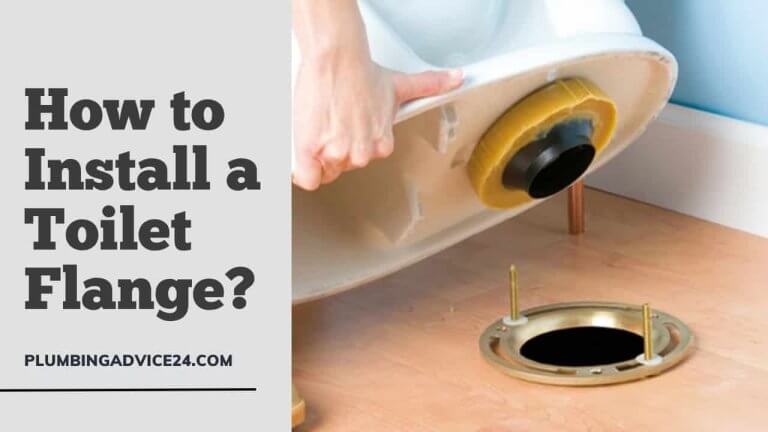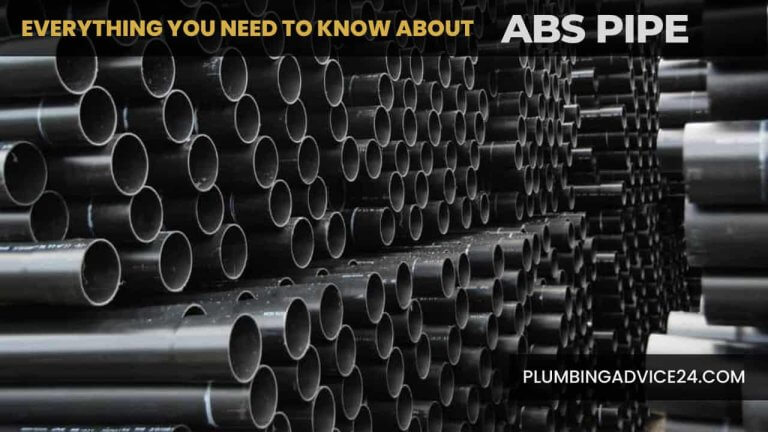Install and Repair CPVC Pipes Complete Guide
CPVC has been used for residential plumbing in the US for over 60 years and is unique among today’s plumbing materials. CPVC is specifically compatible with American drinking water and impervious to chlorine and was designed for both hot and cold water distribution. But improper installation or servicing practices make it more likely to fail. In this article, we are going to see an easy way to install and repair CPVC pipes.
How to Install CPVC Pipe?
The easiest way to CPVC installation is the plastic welding solvent process. The CPVC solvent welding process is simple, can be done in tight spaces, and creates a bond between the pipe and fitting that is stronger than the pipe itself. But it does not work without solvent cement.
When it comes to residential hot and cold water plumbing systems, contractors prefer solvent cement because it is reliable and easy to install, saving time and money. A CPVC plumbing system can be effectively installed by any contractor or homeowner simply by following the instructions below.
Follow the below steps for CPVC pipe installation.
- For CPVC installation, first cut the pipe into a square cut using a circular saw, miter saw, hand saw, or ratchet cutter. Whatever you choose, make sure the blade is serrated and sharp. If the pipe is cracked or damaged during the cut, measure and cut the pipe again five centimeters from the crack.
- Remove any burrs or filings and bevel the end of the pipe using a chamfering tool/centering tool. If a chamfering tool is not available, a sharp knife or file can be used. But avoid using a sharp knife or file unless there is no chamfering tool.
- Use a clean, dry rag to wipe any dirt and moisture from the joint surfaces.
- Check the pipe for a proper dry fit in the fitting socket. The pipe fitting should go two-thirds of the way into the socket.
- Before solvent cementing, it is recommended to use a primer. Once the primer is applied, apply a light coat of solvent cement to the outside of the pipe and inside the fitting socket.
- While the glue is wet, firmly insert the pipe into the fitting while turning the pipe a quarter turn. If, for some reason, there is a delay and the solvent cement dries, remove the previous solvent cement layer with sandpaper, then apply a new layer without compromising the joining process.
- Hold the pipe in the fitting for a few minutes until the glue sets, and wipe excess glue from the joint area.
- Do not move the system from that location until the joints are set.
How to CPVC Leak Repair?
No-hub couplings have an inner gasket made of a synthetic rubber compound, polychloroprene (neoprene). The gasket is surrounded by an outer stainless steel shield or band, with stainless steel worm clamps strategically attached to the shield to hold it in place.
Although no-hub couplings are designed for cast iron, they are a very easy way to repair CPVC pipes as well. They can be especially helpful when piping is difficult to reach or is unable to move in either direction to allow the pipe to be repaired with solvent (glue-on) couplings. The pipe can be cut to remove the damaged area, and a no-hub coupling can be installed with the replacement piping.
With the use of a no-hub torque wrench, the installer applies 60 inch-pounds of torque to the 5/16″ hex-head screws for optimal and proper assembly.
- First of all, turn off your water flow, And open all the taps in the house. So that all the water in the pipe gets out.
- Cut an extra inch from the left and right sides of your leaky CPVC pipe with a hacksaw or cutter tool and remove the piece.
- Slide the outer stainless steel shield over and over one end of the CPVC pipe first. Then place the inner gasket on the pipe.
- Then place the inner gasket over the end of the pipe and fold it down to fit the pipe back into place and as close to the fold over the pipe as possible.
- Fold the inner gasket back onto the pipe.
- Slide the shield back over the gasket and tighten the clamps. Use a torque wrench for proper tightening.
- Turn on the water flow and check that the repairs you have made are done correctly.
Related Post : How to Repair PVC Pipe | Replace PVC Pipe
How to CPVC Joint Leak Repair?
As with any aging process, CPVC plumbing pipe that has been in service for years can change in appearance over time. Discoloration may occur. However, there is a misconception that the old CPVC pipe is difficult to repair.
This does not happen if the pipe is handled with care and proper tools are used. Just follow these steps and ensure the best repair possible; you can repair CPVC pipes yourself at home.
- First, shut off the water supply and open all taps to empty the pipework. Then cut the pipe above and below the leaking CPVC pipe joint.
- Allow the water to drain from the pipe and allow it to dry for some time. Then sand all the rough edges with sandpaper.
- Compare this damaged piece of CPVC pipe with the new pipe and cut a piece of the same size from the new CPVC pipe.
- Check again that the joint is dry before continuing with the normal solvent cement process. Apply the solvent cement to the CPVC fitting and pipe with a dabber, then quickly turn the pipe a quarter turn in the fitting to spread the solvent evenly.
- Apply solvent cement to both sides of the externally cut piece of CPVC pipe and fit tightly between these two couplings.
- Your CPVC pipe is repaired, but give it 15-20 minutes to allow the solvent cement to dry completely before using it again.
- Now you can use it, turn on your water flow and check for repairs.
What Are the Causes of CPVC Pipe Failure?
Common causes of CPVC pipe failure are raw material defects, improper installation, improper maintenance, incompatible fire caulk, contamination of water, and chemical attack.
1. Improper System Installation
- Inadequate provision for linear thermal expansion
Improper use of cement
Using wrong clamps or clamps too tight
Contact outside the pipe with incompatible materials
2. Improper Maintenance
- Exposure to freezing temperatures without freeze protection
excessive pressure
Pulsating water pressure
Use of incompatible materials around pipes
3. Contamination of Water
- Use of contaminated antifreeze
Contaminants from metal water supply piping; E.g., corrosion inhibitors, refrigeration system lubricants, Phthalate plasticizers from pump seals/gaskets - Chemical attack
What Tools Are Needed to Repair CPVC Pipes?
Before repairing CPVC pipes, you should know what tools you will need. Only when you have these tools should you think about repairing your CPVC pipe.
CPVC pipe repair requires the following tools:
- Pipe cutter or hacksaw
- Sharp knife
- Sandpaper
- Tape measure
- PVC Cement
- Replacement PVC or CPVC joints (or no-hub coupling)
- Solvent cement
Related Post : 31 Different Types of Plumbing Tools
How to Install CPVC Water Lines?
The easiest way to CPVC water lines installation is the plastic welding solvent process. The CPVC solvent welding process is simple, can be done in tight spaces, and creates a bond between the pipe and fitting that is stronger than the pipe itself. But it does not work without solvent cement.
What Are the Causes of CPVC Joint Failure?
Common causes of CPVC joint failure are raw material defects, improper installation, improper maintenance, incompatible fire caulk, contamination of water, and chemical attack.
How to Fix Leaking CPVC Pipe Joint?
First, buy a tube of glue, apply it to the joint, at least 1/4″ thick on both sides of the joint, and push it into the joint seam as much as possible. Keep the water flow off for at least 6 hours; for 12 hours or more, water flow can be stopped for better repair results.
How to Repair CPVC Pipes?
Although no-hub couplings are designed for cast iron, they are a very easy way to repair CPVC pipes as well. They can be especially helpful when piping is difficult to reach or is unable to move in either direction to allow the pipe to be repaired with solvent (glue-on) couplings. The pipe can be cut to remove the damaged area, and a no-hub coupling can be installed with the replacement piping.
How to Repair CPVC Pipe Without Cutting?
Repair epoxy is putty or viscous liquid that can be used to repair pipe leaks on CPVC and its joints. To repair your pipe or joint using epoxy, first clean and dry the damaged area, ensuring water can’t reach the affected area. If necessary, mix the putty or liquid according to the manufacturer’s directions.
How to Fix a Broken CPVC Pipe?
The best way to repair a broken CPVC pipe is to cut off the damaged piece of the CPVC pipe and install the new piece in its place. To replace the damaged piece, you will need a piece of CPVC pipe the size of the damaged piece and two PVC or CPVC coupling joints.
If You Liked This Post? So Share It with Your Friends
Suggested Articles:
